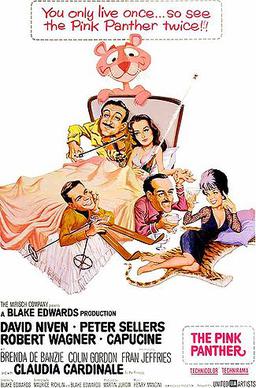Expanding on a post about blues basics.
When you’re first learning to improvise, it’s daunting to be confronted with all the scales. Fortunately, there’s one scale that sounds good in any situation: the blues scale. It’s a universal harmonic solvent. I haven’t encountered a chord progression yet that didn’t fit with the blues scale. It works in blues, of course, but it also sounds terrific in rock, country, jazz, reggae, funk and much else.
How to play the blues scale
The blues scale is the minor pentatonic with a note added, the sharp fourth/flat fifth. The C blues scale is C, Eb, F, F#, G, Bb. Here it is in standard music notation:
And here it is on the chromatic circle:
The blues scale is easy to play on guitar. Your index finger plays the root on the E string, so to play C blues, put your index on the eighth fret.
The Eb blues scale is exceptionally easy to play on piano — just play the black keys and add the note A.
The blues scale and music theory
In western music theory terms, the blues scale is practically inexplicable. The E-flat in the C blues scale makes it sound minor, but the scale is customarily played on top of major chords. And no traditional western scale has three adjacent chromatic notes, the blues scale’s F, F-sharp and G.
The F-sharp is especially odd, since it’s a tritone away from the root C. But western music theory can’t explain everything that people like. From a science perspective, the F-sharp is perfectly reasonable, since it emerges naturally from the overtone series of C. And science aside, there’s something about the blues scale’s asymmetrical sequence of big and small leaps that appeals to the intuition. The most sensible approach is to think of blues tonality that is separate from major or minor, and that follows its own rules.
As I said above, blues scale works in just about any improvisational situation. This makes it especially useful when you’re learning to play jazz. Until you’ve attained a significant level of mastery, it’s hard enough to follow a tune’s chord changes, much less express yourself while doing so. Even the best jazz soloists sometimes get lost in the changes. The blues scale is a reliable fallback position. Other musicians might judge you for not being able to make the changes, but the audience is always glad to hear blues, so I say, let the haters hate.
The blues scale is a fertile source of harmonic ideas for songwriting and arranging. Use the scale tones as roots for chords and get ready for pleasure. Dominant seventh chords work great: C7, Eb7, F7, F#7, G7, Bb7. The F-sharp also suggests F# diminished, a jazz standby.
Blues scale melodies
As a kid, my most memorable exposure to the blues scale was Henry Mancini’s “Pink Panther Theme.” Mancini also uses chromatic approach notes above and below the scale tones, very hip.
Charles Mingus uses the blues scale as the upper extensions for a set of abstract chords in “Goodbye Pork Pie Hat.” This might be one of the most beautiful blues melodies in history.
“Take Five” by Dave Brubeck uses blues scale for its A section.
Other blues scales
You can combine the blues scale with other scales for a richer assortment of tones. Combining the blues scale with the major scale gives you the entire chromatic scale except for flat two and flat six. You can throw those two notes in as passing tones too, so you can effectively play any note you want over blues. That’s a lot of possibility!
Diminished chords sound great over blues. C diminished seventh is C, E-flat, G-flat, A. The combination of the major sixth A with the flat third E-flat is especially tasty, since there’s a tritone between them. Check out the turnaround at the end of Miles Davis’ trumpet solo in “All Of You” on Round About Midnight for a great diminished chord blues lick. Listen at 1:40.
Blue notes
Blues wouldn’t be blues without blue notes. Blue notes are microtones in between blues scale notes and major scale notes. The pitches in between E-flat and E, or between F-sharp and G, are good examples. Here’s a more complete discussion of blue notes.





Is it that the blues scale has all the naturaly flat notes in the overtone series ? as flat 7,flat 5 and flat3 going up the overtone,it that why they call it dominate 7 ???
The flat 7th is pretty low in the overtone series, but the others aren’t. For some possible origins of the blues scale, check out this post: https://ethanhein.com/wp/2014/blues-tonality/
Great post, Ethan! I really like the look/feel of your blog. The Pink Panther scares the hell out of me.
Thanks Danielle! Credit is due to the folks at plaintxt.org, I just lightly modified their veryplaintxt theme. http://www.plaintxt.org/
What about the Pink Panther scares the hell out of you? The music, the animation, Peter Sellers?